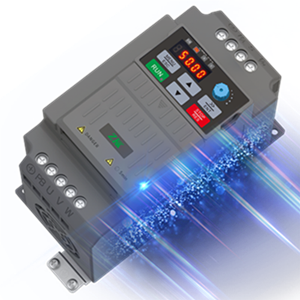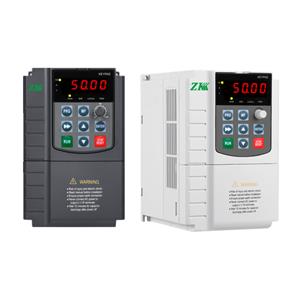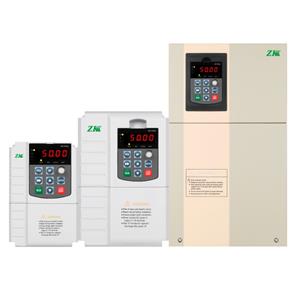The Type of Solar Cell
1. Monocrystalline silicon solar cell
The photoelectric conversion efficiency of monocrystalline silicon solar cells is about 15%, and the highest is 24%. This is the highest photoelectric conversion efficiency of all kinds of solar cells, but the production cost is so high that it cannot be widely and widely used. Monocrystalline silicon is generally packaged with tempered glass and waterproof resin, so it is sturdy and durable, with a service life of 15 years in general and 25 years at most.
2. Polycrystalline silicon solar cell
The production process of polycrystalline silicon solar cells is similar to that of monocrystalline silicon solar cells, but the photoelectric conversion efficiency of polycrystalline silicon solar cells needs to be reduced a lot, and its photoelectric conversion efficiency is about 12% (on July 1, 2004, Sharp, Japan, listed the world's highest efficiency polycrystalline silicon solar cells with an efficiency of 14.8%). In terms of production cost, it is cheaper than monocrystalline silicon solar cells. The materials are easy to manufacture, saving power consumption, and the total production cost is low, so it has been developed in a large number. In addition, the service life of polycrystalline silicon solar cells is shorter than that of monocrystalline silicon solar cells. In terms of performance price ratio, monocrystalline silicon solar cells are slightly better.
3. Amorphous silicon solar cell
Amorphous silicon solar cell is a new type of thin-film solar cell that appeared in 1976. It is completely different from monocrystalline silicon and polycrystalline silicon solar cells in manufacturing methods. The process is greatly simplified, silicon material consumption is small, and power consumption is lower. Its main advantage is that it can also generate electricity in low light conditions. However, the main problem of amorphous silicon solar cells is the low photoelectric conversion efficiency. The international advanced level is about 10%, and it is not stable enough. With the extension of time, its conversion efficiency declines.
4. Multicomponent compound solar cell
Multi compound solar cells refer to solar cells that are not made of single element semiconductor materials. There are many varieties studied in various countries, most of which have not yet been industrialized, mainly including the following:
a) Cadmium sulfide solar cell
b) Gallium arsenide solar cell
c) Copper Indium Selenium Solar Cells (New Multielement Band Gap Gradient Cu (In, Ga) Se2 Thin Film Solar Cells




